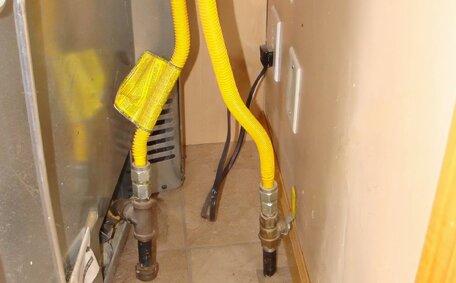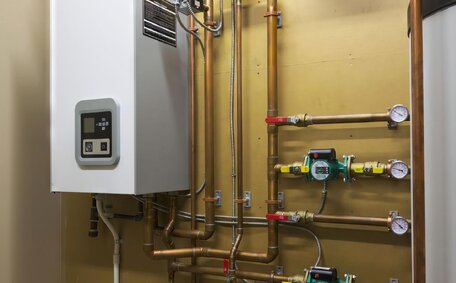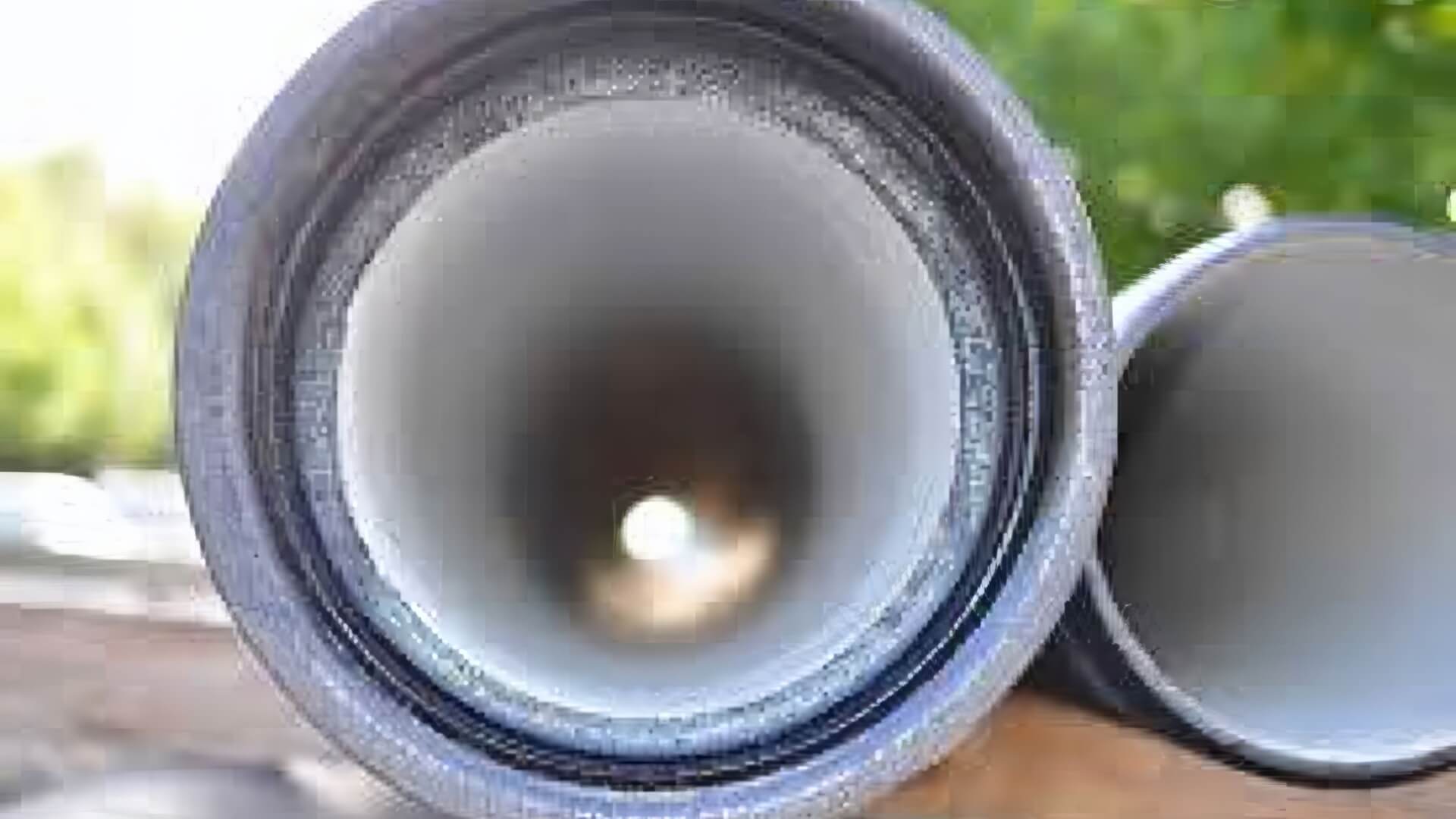
Keep Updated on Gas Appliance Recalls
Consumers should maintain awareness of current gas appliance recalls and safety alerts to prevent injuries. Check recall lists regularly to protect your home and family.
Read MoreAt Werrington Plumbing, we understand the importance of properly managing your hot water system. With over 21% of household energy usage stemming from water heating alone, minor adjustments can lead to major savings.
As industry experts in plumbing and hot water systems, we aim to provide homeowners guidance on:
This article provides actionable tips to enhance the efficiency of your hot water system, which could lead to lower energy bills without compromising your comfort.
Electric hot water systems use electricity to heat water stored in an insulated tank. Thermostats control the temperature by regulating when the heating elements turn on and off. Electric systems, either standalone or combined with gas solutions, are favoured in the Werrington region for their affordability, despite their higher operational energy demands.
Gas electric systems heat water via a gas burner or heat exchanger strategically positioned under the tank. A thermostat detects when more hot water is needed and ignites the burner. Gas heaters provide hot water efficiently and are one of the more affordable options for the typical home.
Heat pumps use a refrigeration cycle that efficiently transfers ambient air warmth into the water tank. They utilise much less electricity compared to conventional electric units. Heat pumps excel in temperate or warm climates like Werrington and can achieve 30-60% energy savings.
Solar water heaters use free heat from the sun to warm water held in roof-mounted panels. This preheated water then flows into the storage tank. Solar systems require electric or gas backup for cloudy days but significantly reduce energy demand overall.
The thermostat is essentially the accelerator of your hot water system - controlling the rate of energy used to heat water. By lowering your thermostat setting, you significantly cut back on energy demand.
Reducing your hot water system’s temperature by 5°C can reduce your energy bills by up to 10%. Make sure your system isn’t running higher than necessary, and if it is, adjust the thermostat downward for immediate savings.
A hot water temperature of 60°C is sufficient to eliminate bacteria, whereas many households set their thermostats unnecessarily high at 70-75°C. Consider a thermostat setting just above 60°C for energy conservation and a comfortable water temperature.
To adjust the temperature, access the thermostat through the side panel on electric or gas tanks and turn the dial counterclockwise 5-10 degrees.
Proper calibration of your hot water system’s thermostat optimises efficiency. Take control over one of the largest energy drains in your home.
For storage tank hot water systems like electric, gas, solar, or heat pump models, you should set the thermostat to 60°C.
A setting of 60°C kills bacteria effectively, prevents scalding, and maximises efficiency. Excessive temperature settings result in significant heat loss, with each degree above the recommended settings leading to unnecessary energy usage.
For continuous flow systems, maintaining thermostat settings at or below 50°C helps prevent unnecessary energy consumption. These units heat water directly sans a storage tank when hot water taps are running.
Aim for a 50°C thermostat setting to prevent overheating issues common with continuous flow designs. Maintaining a 50°C setting also shortens the wait time for your hot water.
| System Type | Ideal Temp |
| Storage Tank | 60°C |
| Continuous Flow | 50°C |
Use this table as a handy reference when adjusting your particular hot water system’s thermostat for optimal efficiency.
Follow these essential steps to adjust your hot water system’s thermostat:
A reduction of 5 degrees can lead to savings of up to 10% on water heating costs. So take control of your energy usage and calibrate your hot water system’s thermostat today.
Insulating your hot water pipes and storage tank is a highly effective way to enhance your hot water system’s efficiency. Preventing heat loss as water traverses the system reduces the energy required to maintain a comfortable temperature.
Insulating pipes and tanks effectively can lead to 10-25% savings on water heating expenses for homeowners. Key benefits include:
Use high-quality insulation materials such as polyethylene foam tubing and rubber foam blankets for pipes and tanks. Securely wrap all hot water lines from the unit to tap outlets. Then cover the top and sides of electric or gas storage tanks.
While DIY insulation is simple, for expert and hassle-free installation, get in touch with Werrington Plumbing. Investing in insulation leads to substantial savings over time.
Proper maintenance keeps your hot water system operating at peak efficiency for years to come. We recommend the following tips:
Preventative maintenance not only optimises efficiency, but maximises the operating life of your hot water system. Routine care of your hot water system promotes reliability and cost savings.
In addition to thermostat calibration, other strategies can greatly improve your hot water system’s efficiency:
Consider piping separate plumbing lines to deliver cold water to toilets and garden taps. Strategically using cold water significantly cuts hot water heating costs over time.
Optimising your household’s overall water efficiency complements a properly calibrated hot water system thermostat. So enact holistic water saving habits in addition to adjusting your hot water system for maximum benefit.
Although adjusting your hot water system’s thermostat and insulation can be DIY tasks, we recommend contacting Werrington Plumbing for these scenarios:
Our skilled team, equipped with the necessary expertise, tools, and resources, is ready to tackle complex plumbing jobs. A biennial check-up guarantees efficient operation of your system.
Extend your hot water system’s life or book an inspection by calling Werrington Plumbing at 1300 349 338 or emailing jobs@werringtonplumbingservices.com.au. Professional upkeep guarantees peak performance and long-term savings.
Consumers should maintain awareness of current gas appliance recalls and safety alerts to prevent injuries. Check recall lists regularly to protect your home and family.
Read MoreHard water leaves mineral deposits in hot water heaters and systems, causing corrosion and limescale buildup. This reduces efficiency and leads to higher energy bills and repair costs over time. Installing a water softener protects hot water appliances by removing the minerals that cause scale.
Read MoreYes, pipes can be relined more than once if they become damaged again. Our pipe relining service uses epoxy resin to coat the inside of your existing pipes, repairing cracks and damage for over 50 years. As experts, we’ll have your pipes relined in just one day with no digging required.
Read MoreWerrington, 2747 NSW
We will call back as soon as possible.




